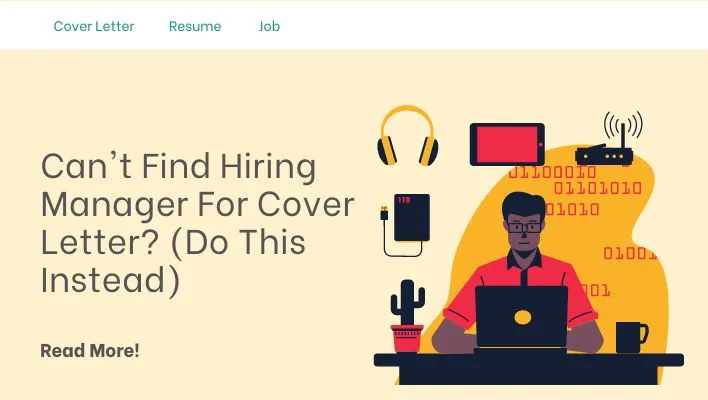Crafting a Cover Letter for the Unknown Hiring Manager
Writing a cover letter can be a daunting task, especially when you don’t know the name of the hiring manager. However, this shouldn’t deter you. A well-crafted cover letter is your opportunity to make a strong first impression and showcase your qualifications. This guide will provide you with the secrets to create a compelling cover letter that impresses, even without knowing who will read it. The goal is to stand out and convince the recipient, whoever they may be, that you’re the perfect fit for the role and the company. Remember, a generic cover letter is easily dismissed. Your aim should be to personalize it as much as possible, making it relevant to the specific job and company.
Researching the Company and Role
Even without a specific name, you can personalize your cover letter by researching the company and the specific role. This shows initiative and demonstrates that you are genuinely interested in the opportunity. Begin by visiting the company’s website. Explore their ‘About Us’ section, read their mission statement, and get a sense of their values and culture. Look at their social media profiles (LinkedIn, Twitter, Facebook) to see recent company news, projects, and employee engagement. This will give you insights into their current priorities and activities. Understanding the role is equally crucial. Carefully read the job description, identifying the key responsibilities, required skills, and desired qualifications. This will help you tailor your letter to match their needs.
Using Keywords from the Job Description
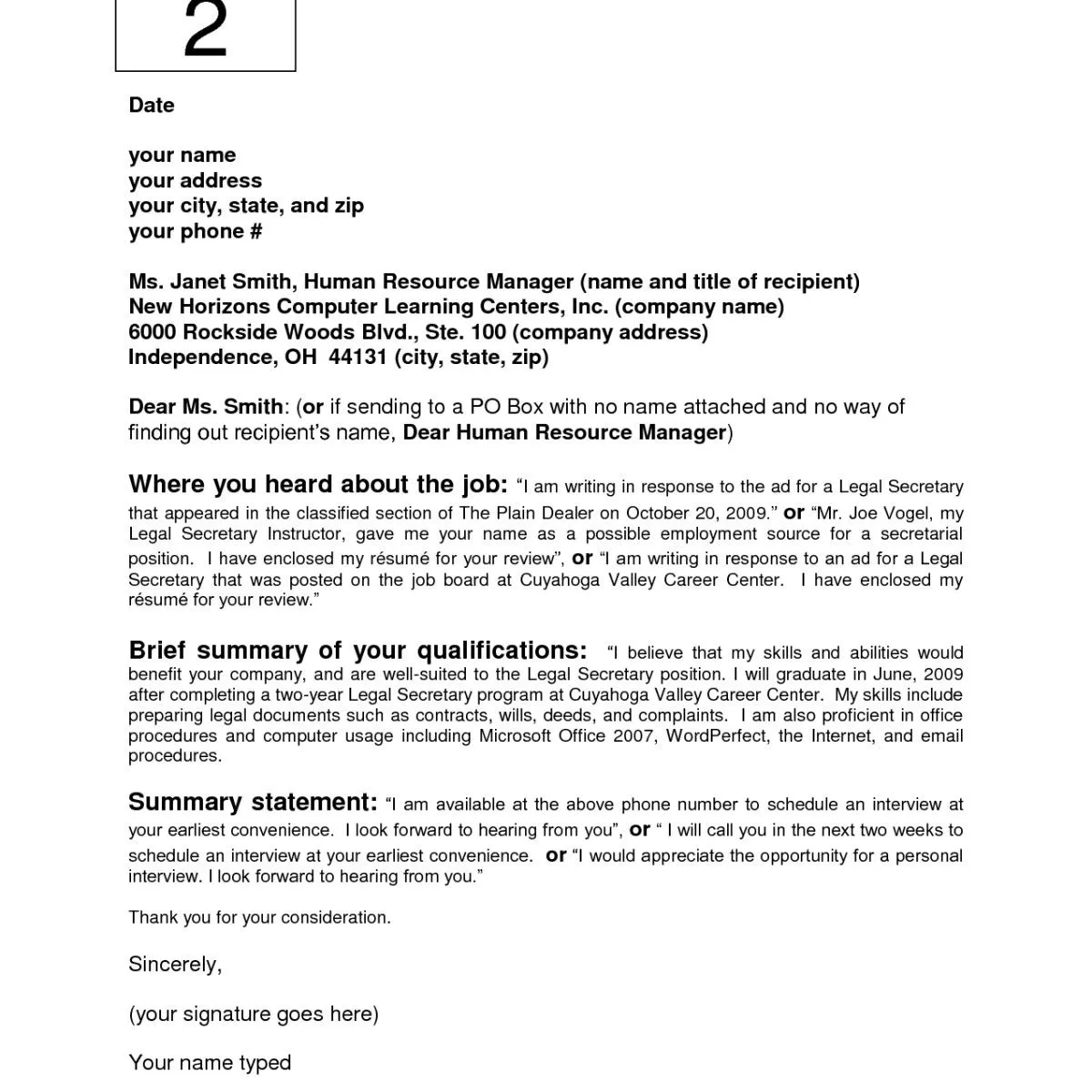
A significant element of tailoring your cover letter involves strategically using keywords from the job description. Recruiters often use Applicant Tracking Systems (ATS) to scan resumes and cover letters for these keywords. Incorporate these terms naturally throughout your letter. Identify the most important skills and qualifications listed in the job description and weave these words into your descriptions of your experience. For example, if the job description emphasizes project management, use phrases like “managed multiple projects” or “demonstrated project management skills.” This demonstrates that you have the skills and experience they are looking for, increasing your chances of getting noticed. This approach also shows that you have taken the time to understand the requirements of the role.
Highlighting Relevant Skills and Experience
Once you’ve researched and identified key requirements, it’s time to highlight your relevant skills and experience. This is your chance to demonstrate why you are a strong candidate. Provide specific examples of how you’ve used your skills to achieve results in previous roles. Focus on the skills and experiences most relevant to the job. Don’t just list your skills; provide context. For instance, instead of just saying “Proficient in data analysis,” describe a situation where you used data analysis to improve efficiency or solve a problem. This will make your qualifications more tangible and impressive to the hiring manager. Use the STAR method (Situation, Task, Action, Result) to structure your examples, making them clear and easy to understand.
Quantifying Achievements with Data
Numbers speak volumes. Whenever possible, quantify your achievements with data. This adds credibility to your claims and provides concrete evidence of your capabilities. Instead of saying “Improved sales,” say “Increased sales by 15% within six months.” Quantify your accomplishments by using numbers, percentages, or specific metrics. For instance, if you improved customer satisfaction, mention by how much (e.g., “Increased customer satisfaction scores by 20%”). If you streamlined a process, state how much time or money you saved. These measurable results make it easier for the hiring manager to see the value you can bring to the company. Using data makes your cover letter more impactful and demonstrates your ability to drive results.
Structuring Your Cover Letter
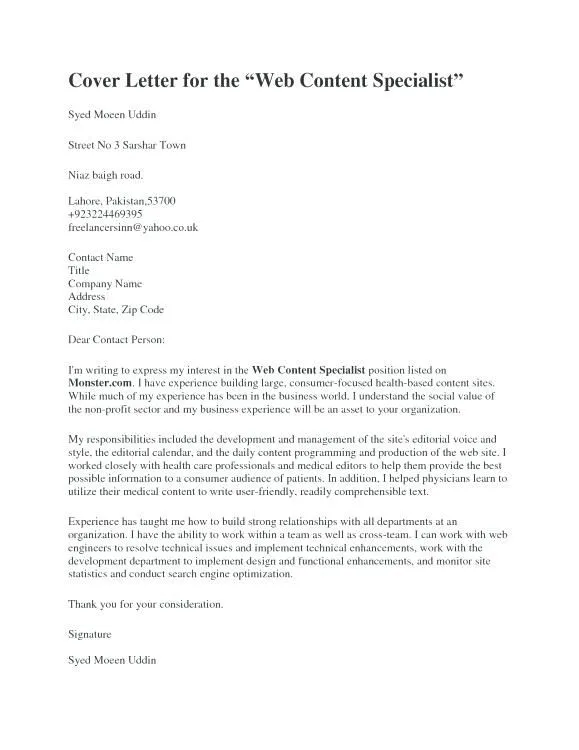
A well-structured cover letter is crucial for making a positive impression. Your cover letter should follow a clear, logical flow, making it easy for the hiring manager to understand your qualifications. This should include an engaging opening, compelling body paragraphs, and a strong call to action at the end. A clear structure shows professionalism and helps the reader quickly grasp the key information about your candidacy. Consider breaking down your cover letter into well-defined sections, each focusing on a specific aspect of your experience or skills. This organizational approach will make your letter more readable and more effective in showcasing your qualifications.
Opening Strong with Impact
The opening of your cover letter is your first opportunity to grab the hiring manager’s attention. Make it count. Avoid generic opening lines. Instead, start with a statement that showcases your enthusiasm for the role or the company. You can also briefly mention a key achievement that aligns with the job requirements. For example, if the job description mentions problem-solving, begin by mentioning a time you successfully resolved a complex issue. Another effective approach is to briefly mention how your skills and experience match the company’s needs. The goal is to hook the reader and make them want to continue reading. A strong opening establishes a positive tone and encourages the hiring manager to read the entire letter.
The Body Paragraphs Engaging Content
The body paragraphs are the heart of your cover letter, where you provide details about your skills, experience, and qualifications. Use these paragraphs to provide specific examples that support your claims. Highlight your accomplishments and use the STAR method to showcase your skills in action. Be sure to align your experiences with the requirements of the job description. Elaborate on your skills, providing context and quantifying your achievements whenever possible. Avoid repeating information from your resume. Instead, use the cover letter to elaborate on key experiences and to highlight the unique value you can bring to the role and the company. Make sure that each paragraph has a clear focus and contributes to your overall message.
Closing with a Call to Action
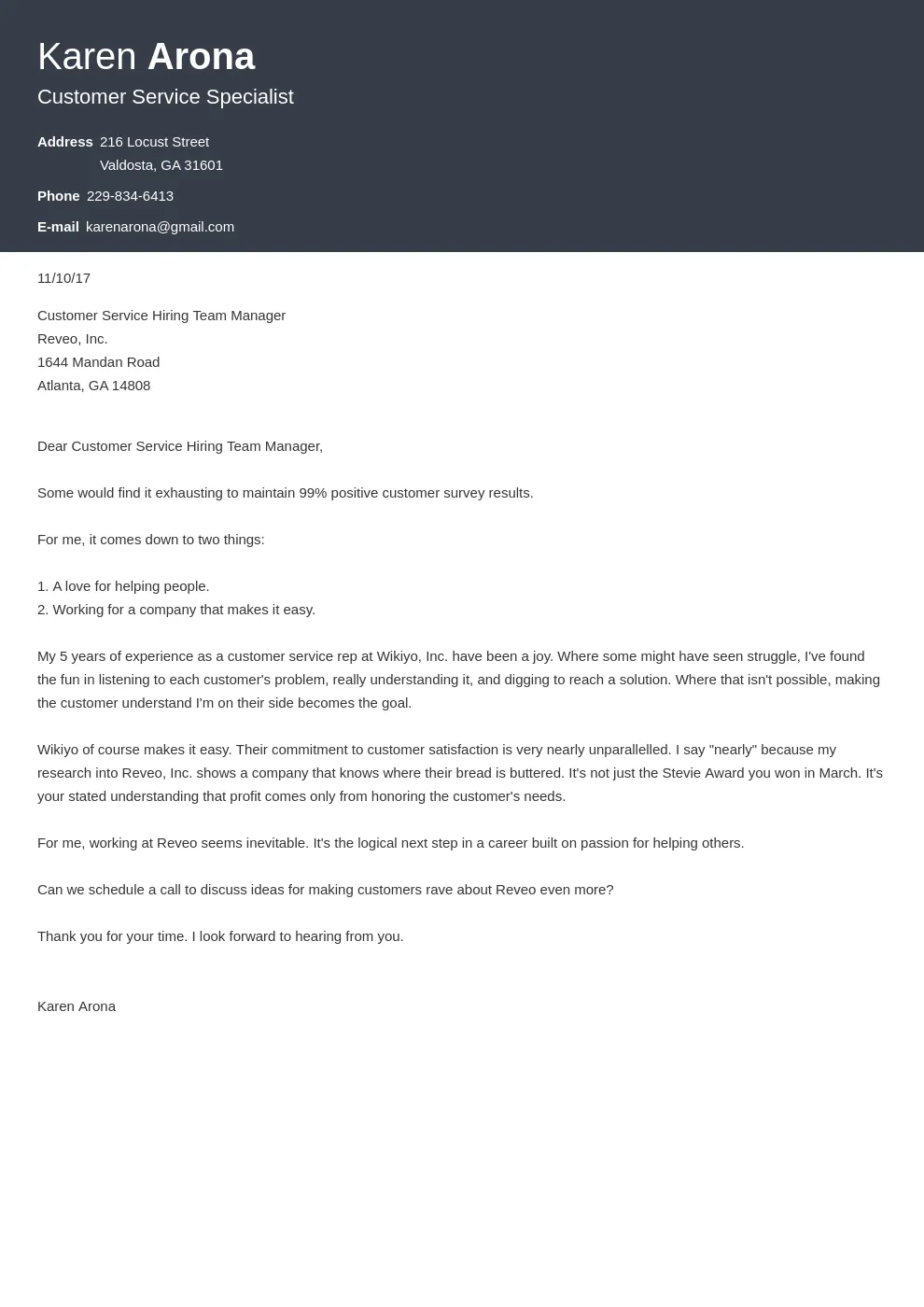
Your closing should summarize your interest in the role and reiterate your value proposition. Include a clear call to action to encourage the hiring manager to take the next step. The best practice is to express your interest in an interview. Reiterate your enthusiasm for the role and express your eagerness to discuss your qualifications further. Keep it concise and professional. Provide your contact information. Make sure you’re easy to reach and show that you are proactive. A well-crafted call to action ensures that the hiring manager knows exactly what you want and encourages them to take the next step in the hiring process.
Formatting and Tone
The formatting and tone of your cover letter can significantly impact how you are perceived. Pay attention to these details, as they reflect your professionalism and attention to detail. Ensure your cover letter is visually appealing and easy to read. The right formatting and tone will help you convey your message effectively and make a positive impression on the hiring manager.
Professional Formatting Guidelines
Professional formatting is essential for making your cover letter look polished and easy to read. Use a standard font (such as Times New Roman, Arial, or Calibri) in a readable size (11 or 12 points). Use consistent spacing throughout the document, typically single-spaced within paragraphs and double-spaced between paragraphs. Maintain consistent margins (1 inch on all sides). Use bullet points to highlight key achievements or skills. Ensure there are no typos, grammatical errors, or inconsistencies. These small details demonstrate your attention to detail and commitment to professionalism. Properly formatted letters look professional and shows that you take your job applications seriously.
Maintaining a Confident and Enthusiastic Tone
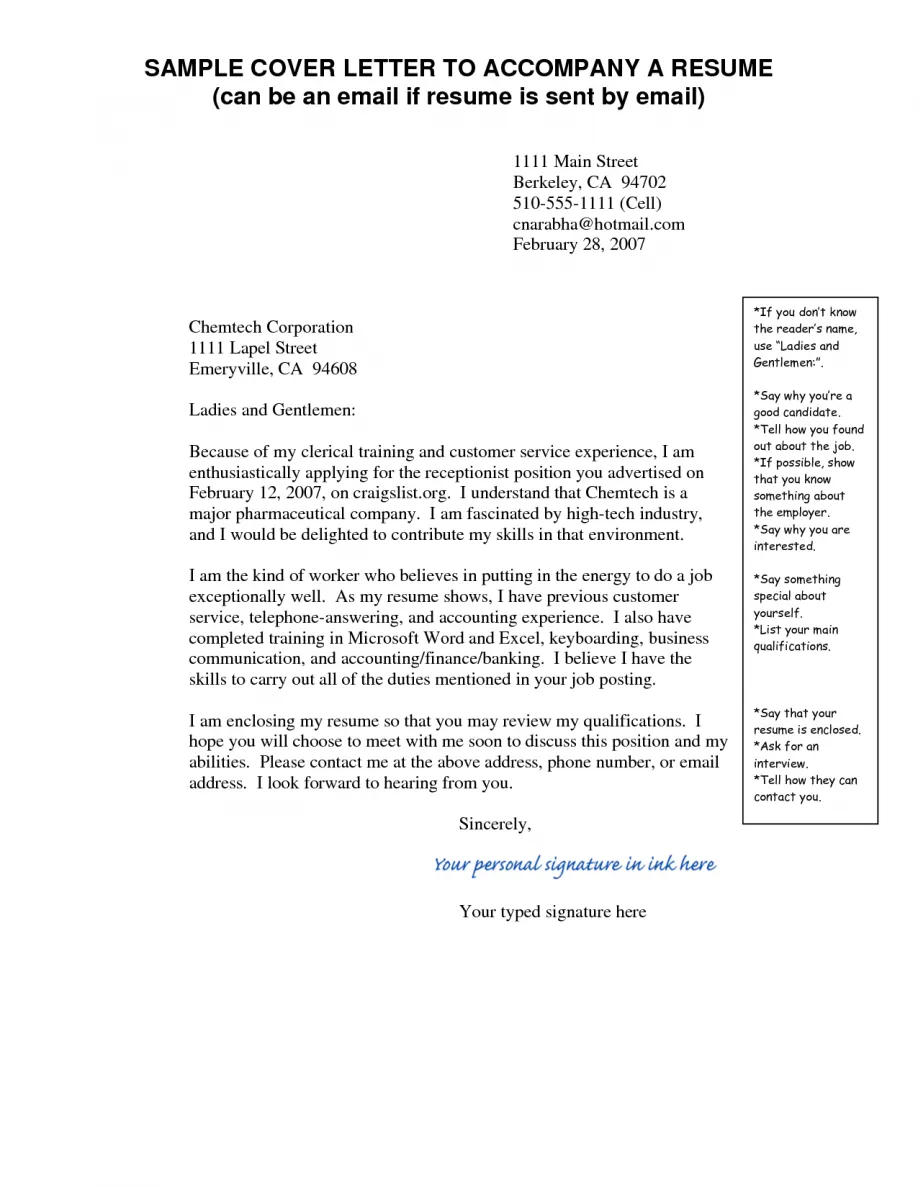
Your tone should be confident, enthusiastic, and professional. Use positive language and avoid sounding hesitant or apologetic. Show your excitement for the opportunity and demonstrate your belief in your abilities. Avoid using overly casual language or slang. Maintain a professional tone throughout your cover letter. Proofread your cover letter. Ensure your writing is free of errors and presents you in the best possible light. Make sure to avoid sounding too arrogant or boastful. The goal is to strike a balance between confidence and humility, portraying yourself as a highly capable and enthusiastic candidate. Conveying a positive tone will make the hiring manager more likely to see you as a valuable addition to their team.
Proofreading and Editing for Perfection
Proofreading and editing are critical steps in the cover letter writing process. Before submitting your cover letter, review it carefully for any errors. Typos, grammatical errors, and inconsistencies can undermine your credibility. Read your cover letter multiple times, looking for any mistakes. Proofread for clarity, flow, and overall effectiveness. Consider asking a friend or family member to review your cover letter. Fresh eyes can often catch errors that you might miss. Pay close attention to detail, ensuring that your cover letter is free of errors and presents you in the best possible light. A polished, error-free cover letter makes a professional impression, showcasing your commitment to excellence and attention to detail.
In conclusion, crafting a cover letter for an unknown hiring manager may seem challenging, but by following these secrets, you can create an impressive document that gets noticed. By researching the company, using relevant keywords, highlighting your skills, quantifying your achievements, and maintaining a professional tone, you can significantly increase your chances of landing an interview. Remember, the goal is to stand out, demonstrate your value, and convince the hiring manager that you are the best candidate for the job. Good luck!
